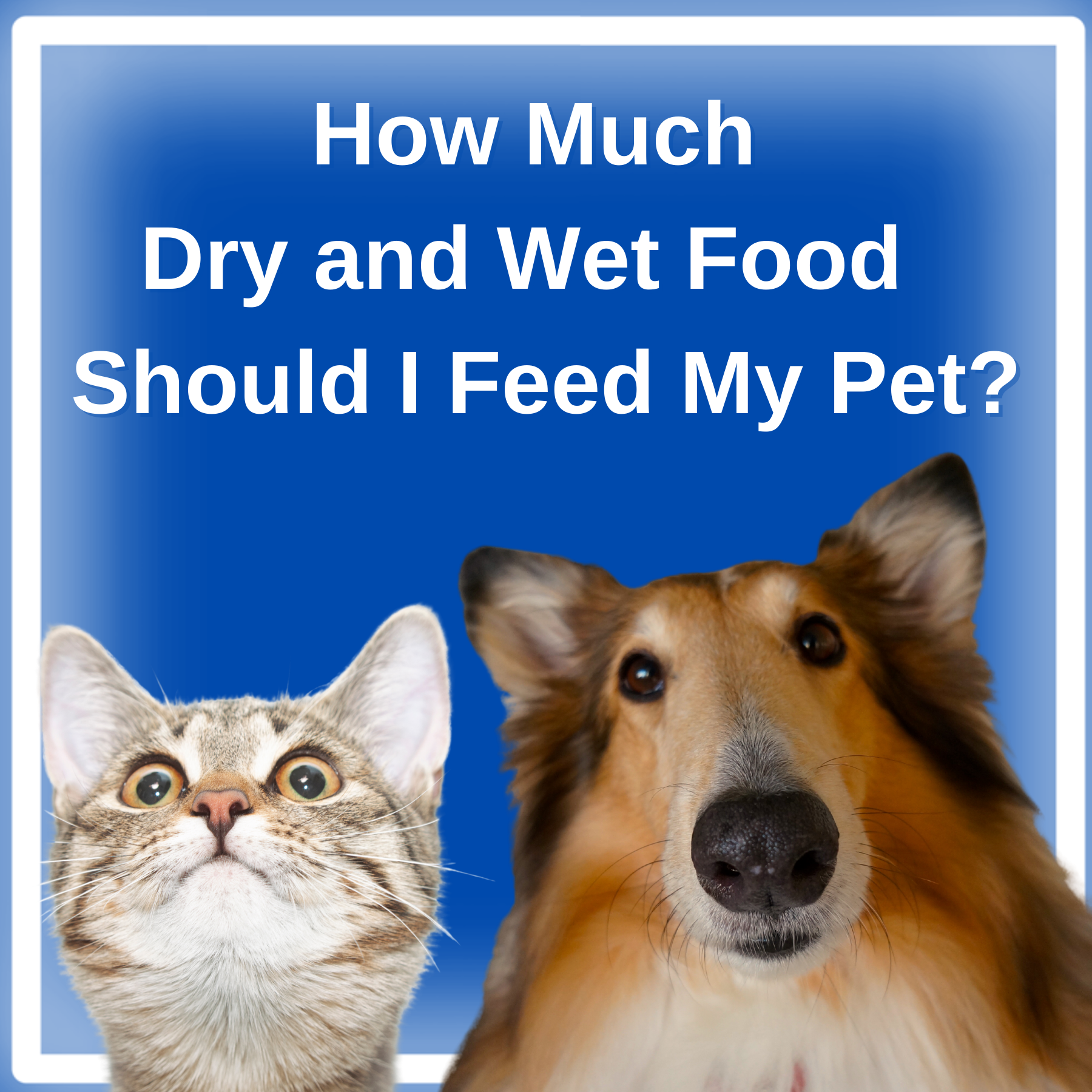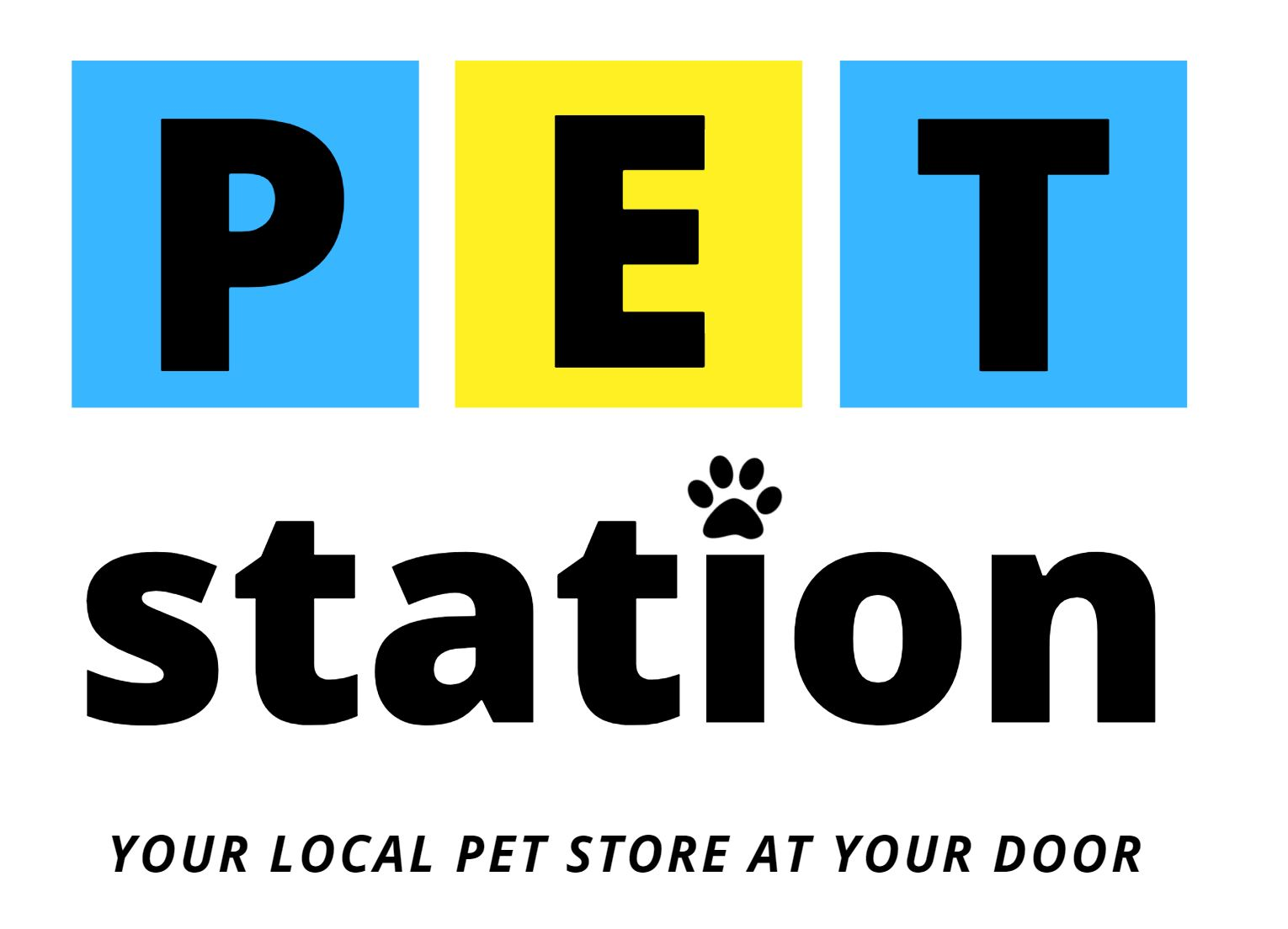Where to start?
A good place to start figuring out this great mystery is to check your pet’s body condition. This can be done by using a body score chart so you can visibly check and see if they are just right, a little on the pudgy side, or a bit skinny. Below are links to cat and dog charts. Determine if your pet needs to gain, lose, or maintain weight. Next, weigh your pet and record the number so that you can track if their weight changes.
Read More: Body score chart: for dogs | for cats
If you feed your pet primarily dry food, check the package for the daily feeding guidelines for his or her weight, age, and activity level. If you wish to feed your loyal companion a combination of dry and wet food, then you will need to take all of those calories into consideration. Remember that wet food is not as calorically dense as kibble simply because of the moisture levels.
The feeding guidelines on the package are listed for your pet’s weight. The feeding guidelines are reported in daily amounts. Once you have found the daily recommended amounts for your pet for each type of food, then it is simple math to determine how much of each to feed.
Here’s an example:
Let’s say you have a 30 lb reasonably active adult dog. You want to feed him a combination of Kibble and Wet food. It is best to choose the kibble and Wet food that is formulated for the age and activity level of an adult dog.
If you want to feed 50% kibble, 50% wet, use the feeding guidelines for each and feed half as much of each daily.
If you want to feed 75% kibble, 25% wet, use the feeding guidelines for each and calculate how much 75% would be for feeding dry, and 25% of the feeding guidelines for the wet food.
Adjust these amounts over time to achieve ideal body weight. In addition, we recommend weighing your pet’s food for better accuracy.
Treats and toppers can add pounds to your pet if you are not careful, so these should never constitute more than 10% of your pet’s daily caloric intake. Always make sure to check the calories of the treats you give to your pet.
Paying attention to the feeding guidelines will give you a good idea of where to start. Once you see how those amounts affect the body condition of your pet, you can adjust up or down from there. In the end, ensuring your pet has the proper amount of nutritional intake each day will be an ongoing balancing act. Just like people, their weight and body condition will fluctuate with activity level, climate, and age so you need to be vigilant and keep a close eye on them to maintain a healthy weight.
This blog was originally published on July 25, 2018, on https://www.petcurean.com/ Last revised October 29, 2020.



Comments
Be the first to comment...